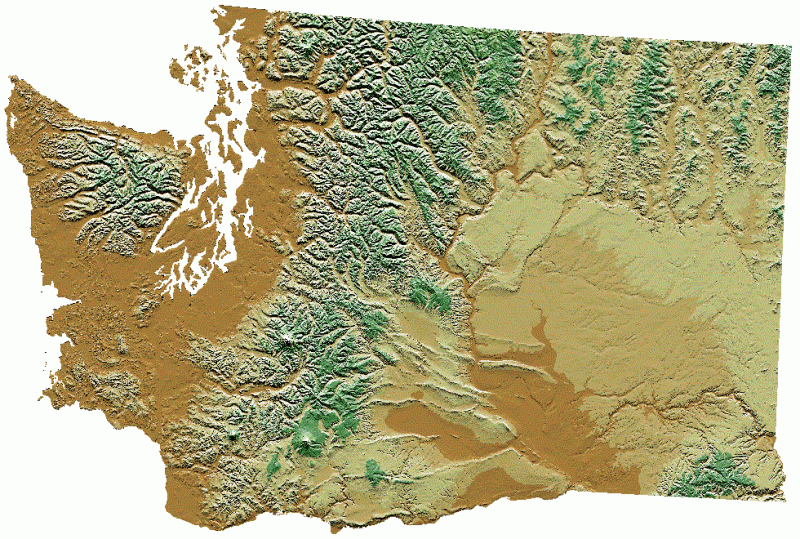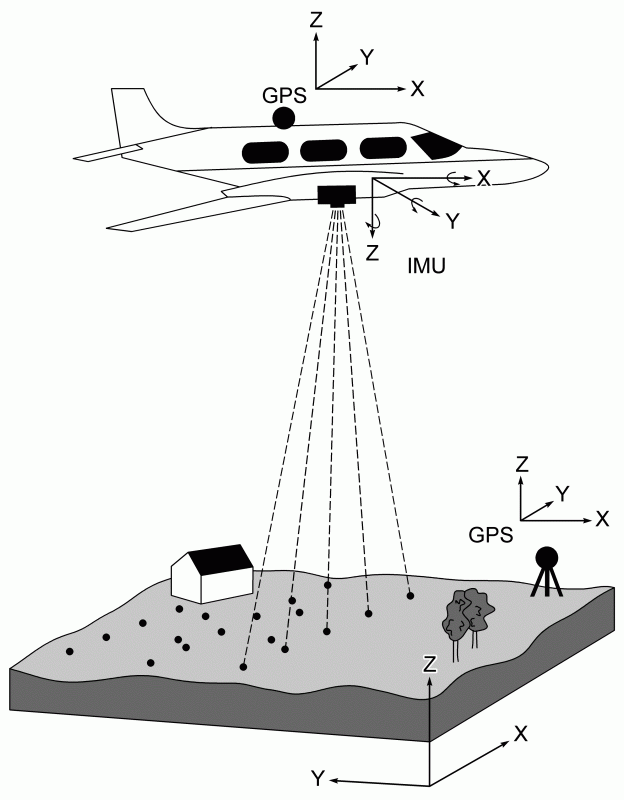Mapping Floods Before They Happen
Published on by Marina A, Previously Key Account and Content Manager at AquaSPE AG in Technology
GIS can be used for mapping flood-prone areas, as a way of predicting floods, their impact and to mitigate their effect as much as possible.
Flood prediction and mitigation have an impactful importance and are crucial in helping communities.
Flood maps created without using GIS are not as reliable and are created based on the forecast and the expected amount of rain. Such maps do not include the terrain topography and are only valuable for smaller areas.
Geographic Information System (GIS) is a software for capturing, storing, handling, processing and analyzing special and geographic data.
Remote sensing and GIS have transformed flood prediction and monitoring.
Using GIS improves the flood prediction maps as it adds additional parameters crucial for better-accuracy calculations.
Maps of floods before they happen are made based on expected precipitation and terrain analysis – elevation in comparison to the highest predicted river level.

Image: Digital elevation model for Washington
To make flood predictions, scientists use a spatial analysis software (GIS) to combine and analyze the digital elevation models and computer-made flow models.
Terrain data is gathered by Light Detection And Ranging (LIDAR) technologies which are fast and accurate and provide accurate elevation levels of an area. LIDAR is used to quickly gather data from large areas using an airplane and GPS.

Image: Light Detection And Ranging (LIDAR) technology application
Computer models are used to predict the physics of the fluid flow, based on complex equations. The number of equations significantly grows with the size of the area so the analyzed region is limited by the equations.
GIS is a database which processes terrain information and fluid flow models to create flood maps based on calculations of available data.
Sources:
Media
Taxonomy
- Modeling
- GIS & Remote Sensing Technology
- GIS
- Flood Modeling
- Flood prediction
- Flood Risk Management
- GIS & Remote Sensing